9 Types of Ocean Waves Explained!
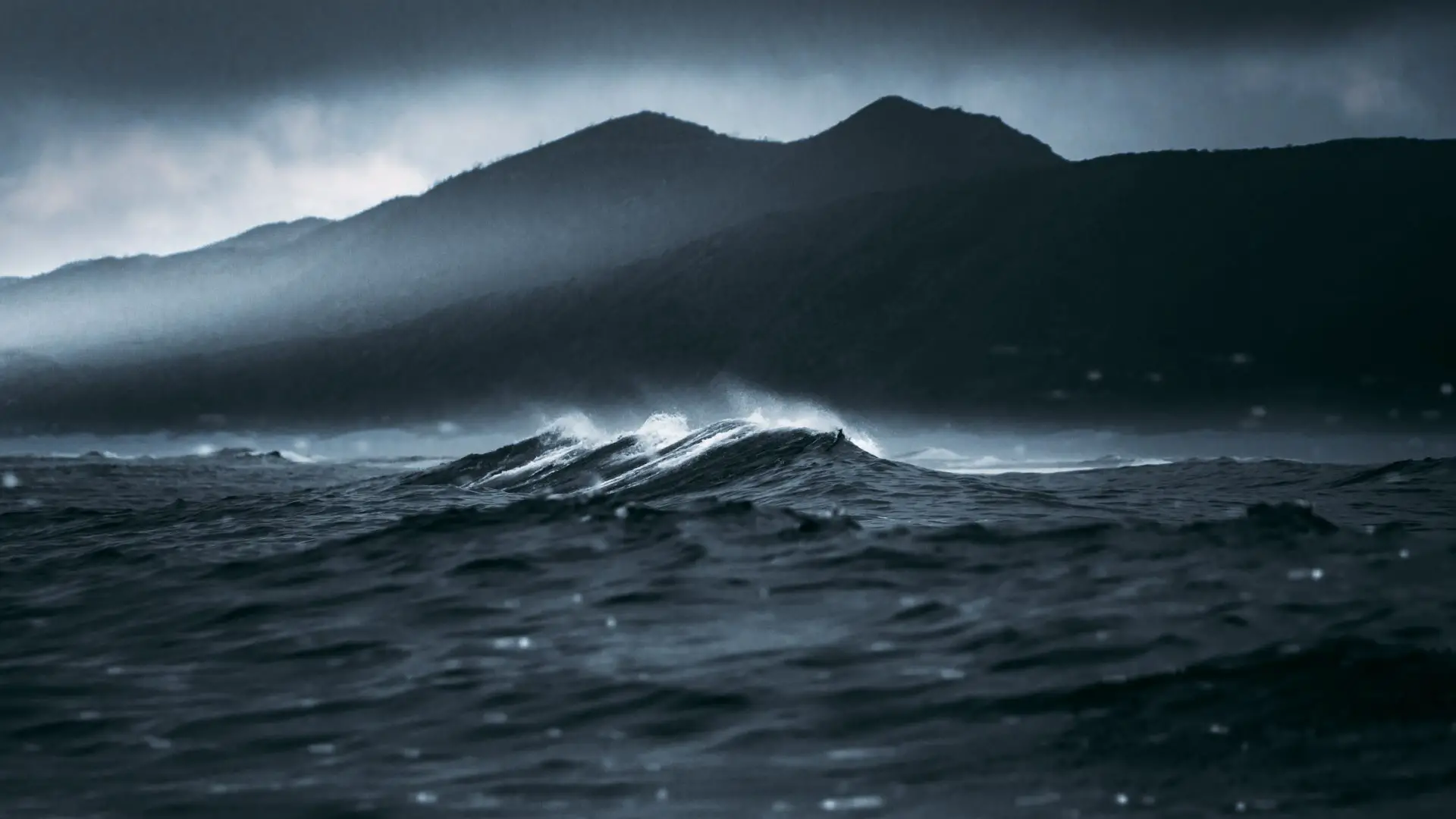
As surfers we are all familiar with waves big and small, but do we know the different types of ocean waves?
There are many types of ocean waves, therefore it's important for us to know each wave's key features and which ones you want to be surfing!
Let’s get into it!
Different Types of Ocean Waves
- Breaking Waves: Waves characterised by the curling and breaking of the wave crest.
- Capillary Waves: Small ripples caused by wind, with wavelengths under 1.74 cm.
- Gravity Waves: Common waves generated by wind and influenced by gravity.
- Internal Waves: Waves within the water column, occurring at density interfaces.
- Swell Waves: Long-period, organised waves that have travelled from their source.
- Surface Waves: A general term for waves at the ocean's surface, including wind waves and swell.
- Tidal Waves: Fluctuations in sea levels due to gravitational forces, not typical waves.
- Tsunamis: Large waves caused by undersea earthquakes, volcanic eruptions, or landslides.
- Wind Waves: Dominant waves on the ocean's surface, generated by wind friction.
These 9 types of ocean waves are the most well known across our oceans however, the ocean is constantly being studied therefore new waves may be discovered in the future.
Understanding Types of Ocean Waves
Ocean waves, the rhythmic heartbeat of the world's oceans, captivate surfers across the globe. It’s important to understand them as surfers, especially as we use them every day!
How Many Types of Ocean Waves Are There?
Ocean waves come in various forms, each with distinct characteristics. Groundswells, wind swells, and storm surges are among the primary types.
Groundswells, originating from distant storms, create powerful and well-shaped waves. Wind swells, born closer to shore, result in more choppy conditions.
Storm surges, driven by atmospheric pressure changes, can lead to sudden rises in sea level, impacting coastal areas.
How are Type of Ocean Waves Formed?
The genesis of ocean waves is a symphony of wind, energy transfer, and water molecules in motion.
Winds blowing across the ocean surface transfer energy to the water, creating ripples that evolve into waves. Factors like wind speed, duration, and fetch influence wave characteristics.
Understanding this interplay offers a window into the fascinating process that gives rise to the waves we witness crashing on shores worldwide.
1. Breaking Waves
Breaking waves mark the dramatic transition of energy as waves approach shallow waters.
This dynamic process can manifest in various forms, each with its unique characteristics:
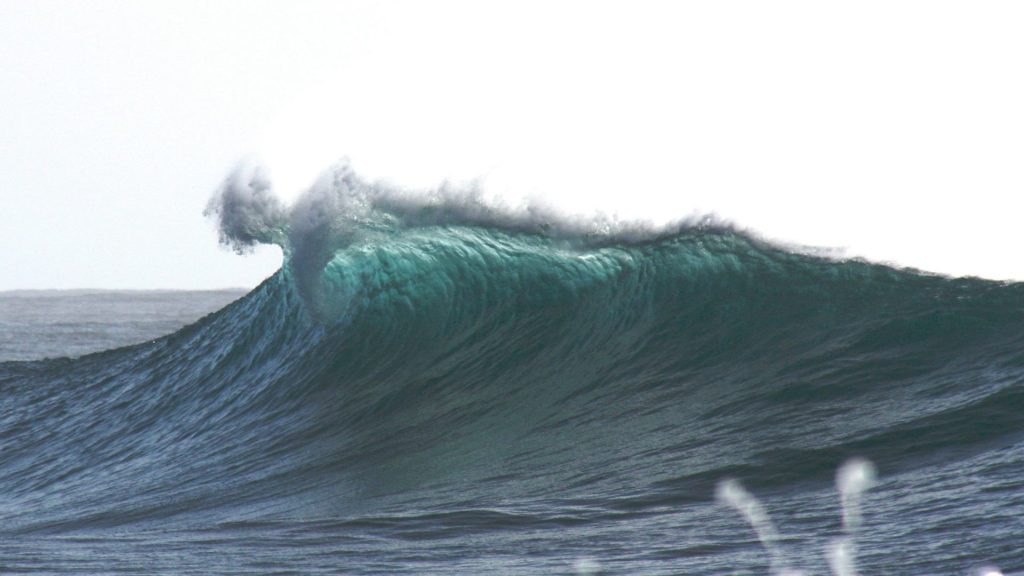
Plunging Waves: Characterised by a curling crest, these waves create the classic surfer's paradise. The crest plunges forcefully, creating an exhilarating ride for experienced surfers.
Spilling Waves: Gentle and consistent, spilling waves offer a smoother ride. The crest spills gradually, making them ideal for beginners and those seeking a more relaxed surfing experience.
Surging Waves: A rare phenomenon occurring on steep beaches, surging waves surge up the shore before the crest collapses. This unique type contributes to the dynamic coastal environment.
2. Capillary Waves
Capillary waves are small, short-wavelength ripples created by the wind's subtle interaction with the water's surface.
Their individual size is typically less than 1.73 centimetres, and collectively, they contribute to the overall texture of the open ocean.
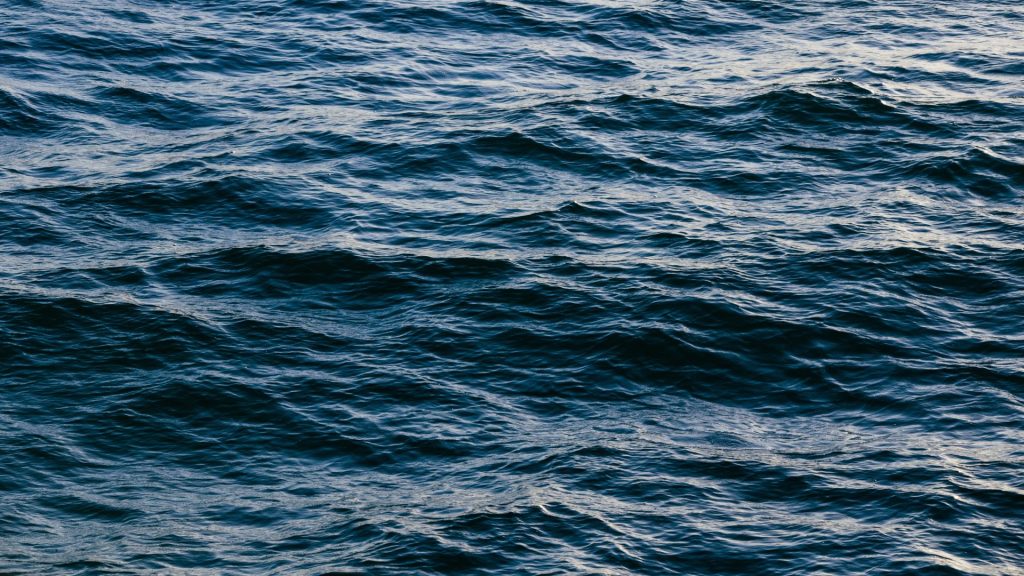
3. Gravity Waves
Gravity waves are characterised by undulations on the water's surface, influenced by the gravitational pull of celestial bodies like the moon and the sun.
These waves play a crucial role in tidal dynamics, orchestrating the rise and fall of sea levels in a rhythmic pattern.
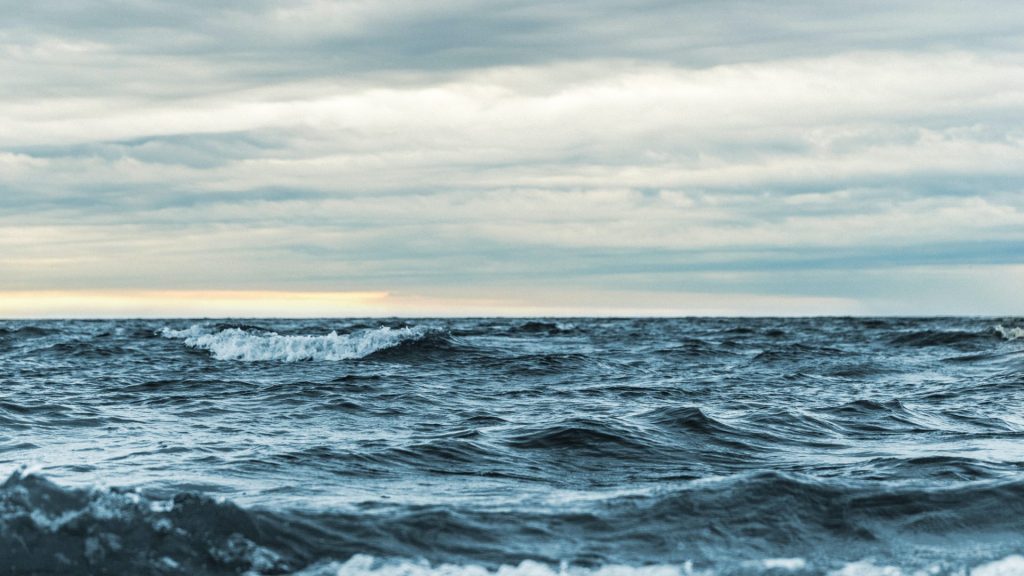
4. Internal Waves
Internal waves traverse unseen beneath the ocean's surface, carrying vast amounts of energy through stratified layers of water.
Created by the interaction of tidal forces with underwater topography, these waves can extend for hundreds of kilometres.
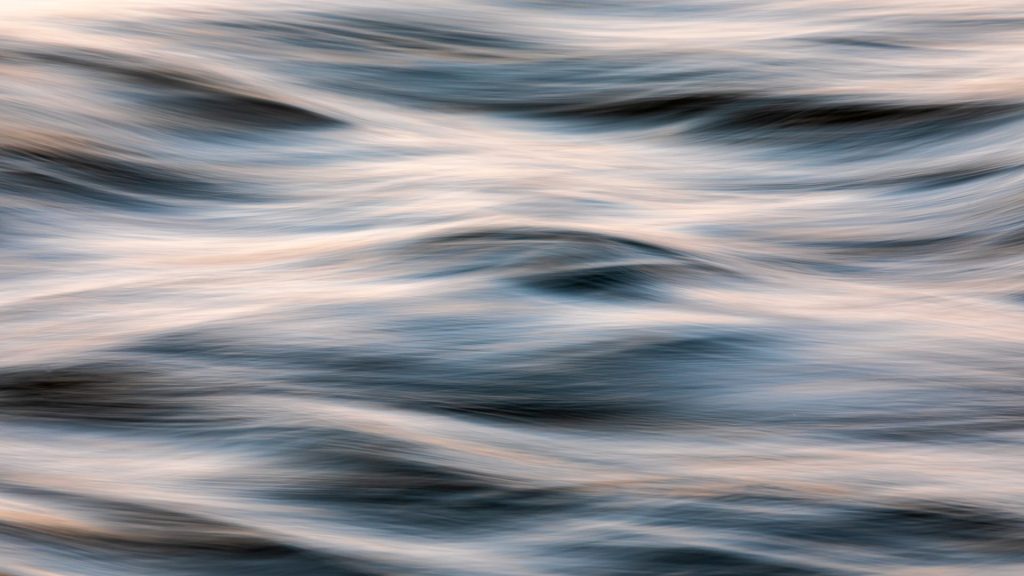
5. Swell Waves
Swell waves are well-organised, long-period waves that travel across vast distances, carrying energy inherited from distant storms.
These waves create optimal surfing conditions as they reach shorelines, showcasing the interconnected nature of the world's oceans.
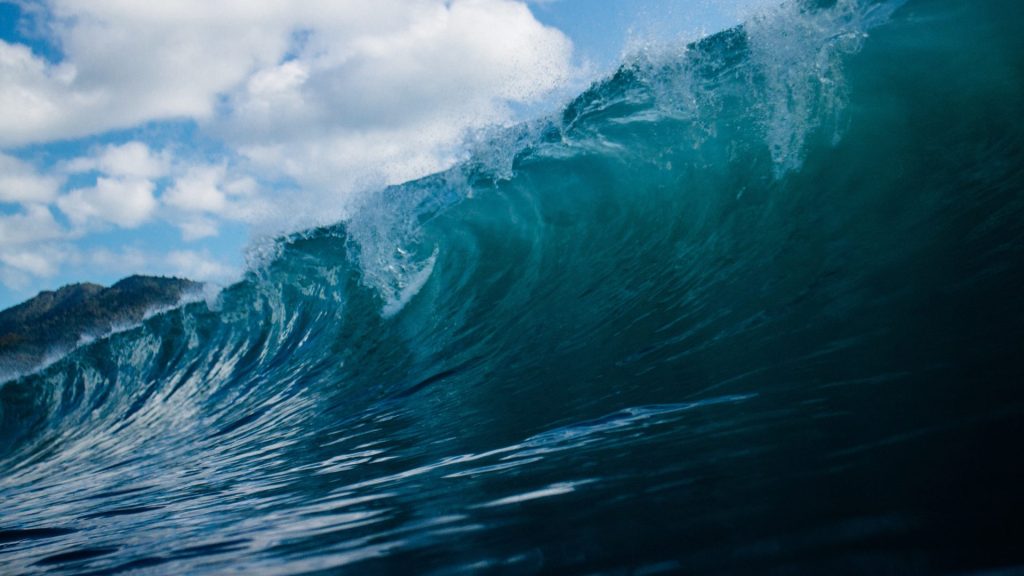
6. Surface Waves
Surface waves are the familiar undulations seen on the ocean's exterior, propelled by wind energy.
They exhibit diverse characteristics based on wind speed and the area of the ocean they traverse, creating the dynamic patterns that characterise the open sea.
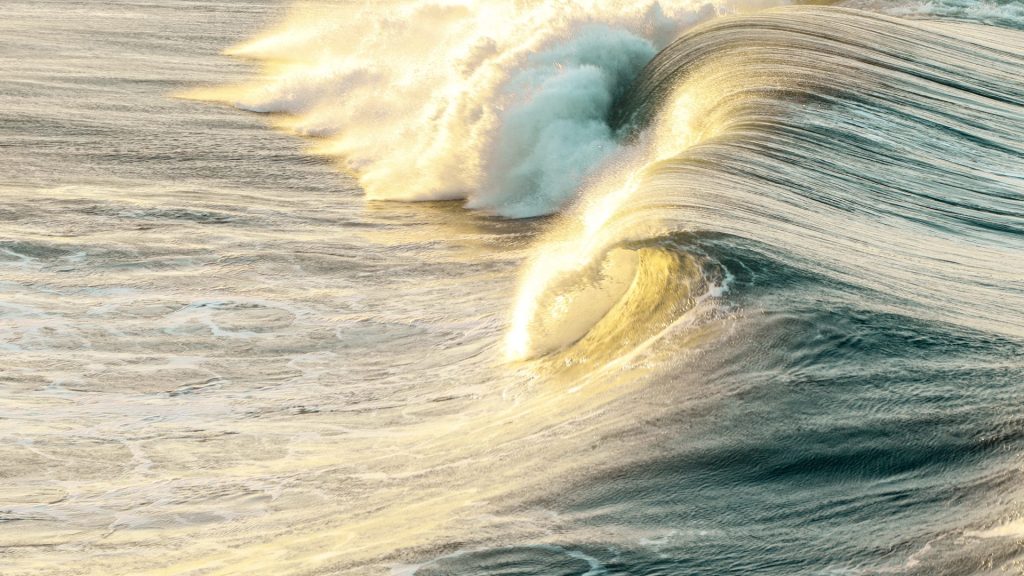
7. Tidal Waves
Tidal waves refer to the rhythmic rise and fall of sea levels caused by the gravitational influence of celestial bodies, particularly the moon.
This synchronised phenomenon contributes to the cyclical ebb and flow experienced in coastal regions.
8. Tsunamis
Tsunamis are colossal waves triggered by underwater disturbances, such as earthquakes or volcanic activity.
Unlike typical waves, tsunamis can travel across entire ocean basins, gaining momentum and unleashing tremendous energy upon reaching shore.
How do tsunamis differ from other ocean waves?
Tsunamis differ from other ocean waves primarily in their origin and energy. Unlike wind-generated waves, tsunamis are typically triggered by underwater earthquakes, volcanic eruptions, or landslides, and they can carry an enormous amount of energy across vast distances, leading to devastating impacts when they reach coastlines.
9. Wind Waves
Wind waves are created by atmospheric winds sweeping across the ocean's surface.
The transfer of wind energy to the water generates waves that can range from gentle ripples to powerful swells, reflecting the constantly changing moods of the sea.
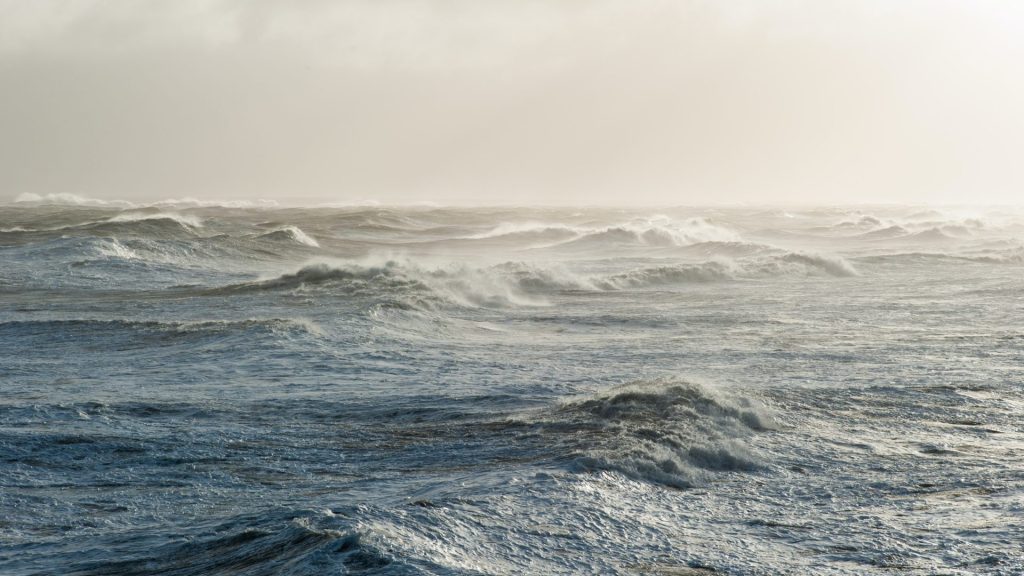
Deep Water Waves
Deep water waves, synonymous with swell waves, navigate the vast depths of the open ocean.
Their defining characteristic is that their wavelength is longer than the water depth, allowing them to maintain their form across great distances.
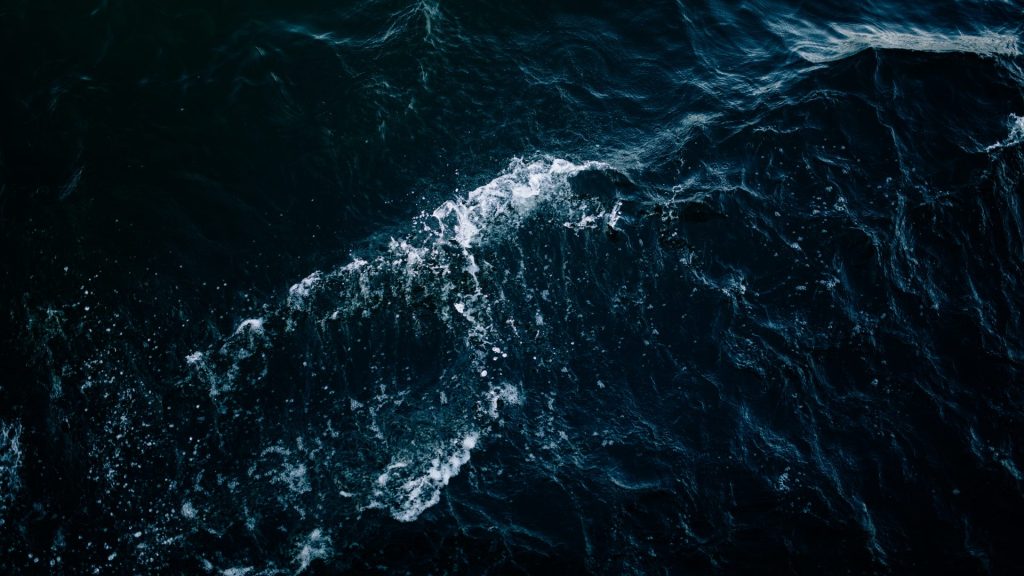
Shallow Waves
Shallow water waves undergo a change in behaviour as they approach coastlines, interacting with the ocean floor.
As the water depth decreases, these waves slow down and rise in height, culminating in the familiar spectacle of breaking waves near the shore. Shallow water waves showcase the transformative nature of coastal dynamics.
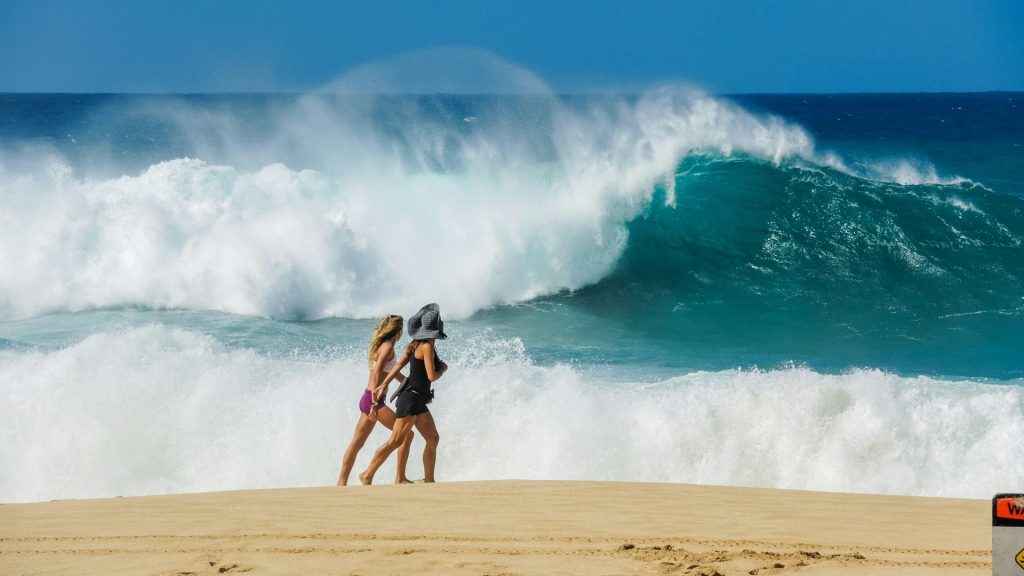
Factors Influencing Ocean Waves
Ocean waves, those mesmerising undulations that grace the seas, are orchestrated by a multitude of natural forces, creating a dynamic and ever-changing marine landscape. Here are some key factors that influence the behaviour of ocean waves:
Earthquakes and Landslides
Seismic activities, such as earthquakes and landslides beneath the ocean floor, can send powerful shockwaves through the water, generating tsunamis and influencing the intricate dance of ocean waves.
Gravity and Tides
The gravitational pull of celestial bodies, particularly the moon and the sun, plays a central role in tidal dynamics. The gravitational interaction shapes the rise and fall of sea levels, contributing to the rhythmic patterns of waves.
Atmospheric Pressure
Changes in atmospheric pressure, driven by wind patterns, can create surface winds that impart their energy to the water. This transfer of energy results in the formation of wind waves, contributing to the diverse range of waves experienced on the ocean's surface.
Climate and Weather Conditions
The overall climate and weather conditions in a region influence the prevailing wind patterns, storm systems, and the overall energy imparted to the ocean. These atmospheric factors contribute to the variability and intensity of waves.
The interplay of these forces forms a symphony of natural dynamics, shaping the waves that characterise our oceans. Understanding these factors not only enhances our appreciation of marine phenomena but also aids in predicting and navigating the complex world of ocean waves.
Ocean Waves Impact
Ocean waves, while captivating in their beauty, wield significant influence on the marine environment and human activities. Here are some key aspects of their impact:
Storm Surges
Ocean waves escalate their impact during storms, giving rise to storm surges. These surges, characterised by a rapid increase in sea level, can lead to coastal flooding, erosion, and pose significant threats to coastal communities.
Wave Energy and Power
Ocean waves, with their rhythmic motion, carry immense energy potential. Harnessing this wave energy has become a focal point of renewable energy research, as it offers a sustainable and clean power source for coastal regions.
Effects on Marine Life
Marine life is intricately connected to the patterns of ocean waves. Waves influence the distribution of nutrients, oxygen levels, and habitat structure. Many species have adapted their behaviour and life cycles to the rhythmic pulses of the waves.
Impact on Human Activities
Ocean waves significantly influence human activities, especially those near coastlines. From shipping and fishing to coastal infrastructure and recreational pursuits, understanding wave dynamics is crucial for safe and sustainable engagement with the marine environment.
Ocean Waves and Climate Change
Climate change, a global phenomenon with far-reaching consequences, is also leaving its mark on the dynamics of ocean waves. Here are key insights into the intricate relationship between ocean waves and climate change:
Changing Wave Patterns
As the Earth's climate undergoes shifts, the patterns of wind and atmospheric pressure that drive ocean waves are also experiencing alterations. This results in changes in the frequency, intensity, and direction of waves, contributing to the dynamic nature of our oceans.
Rising Sea Levels
Climate change-induced sea level rise has a direct impact on coastal dynamics, influencing how waves interact with shorelines. Higher sea levels can lead to increased erosion, storm surges, and altered wave behaviours, affecting the vulnerability of coastal communities.
Extreme Weather Events
The intensification of extreme weather events, linked to climate change, amplifies the fury of ocean waves during storms. This can result in more severe storm surges, higher waves, and increased coastal flooding, posing significant challenges for coastal regions.
Ocean Acidification
Climate change contributes to ocean acidification, altering the chemistry of seawater. This has cascading effects on marine ecosystems, influencing the behaviour of waves and their interaction with coastal environments, impacting both human activities and marine life.
Summing It Up: What To Do Now
Now you are familiar with all the types of ocean waves, it's time to find out what waves your local break has!
If your interested in learning more about surfing discover our many guides that will inform you on your surfing journey. Don't forget to follow us on Facebook & Instagram to stay informed on our amazing surf shots and stories shared from surf creators around the world!
Frequently Asked Questions
What are the 3 types of ocean waves?
The three types of ocean waves are wind waves, tidal waves, and seismic waves.
What is the 7 wave rule?
The 7-wave rule is a maritime guideline advising ships to avoid consecutive large waves by altering course after encountering a series of seven waves.
What are 4 categories of waves?
Waves can be categorised into mechanical waves (e.g., sound waves), electromagnetic waves (e.g., light waves), matter waves (e.g., quantum particles' waves), and seismic waves (e.g., earthquake waves).
How can the ocean waves can be classified?
Ocean waves can be classified based on their formation mechanisms into wind-generated waves, tidal waves caused by gravitational interactions, and seismic waves resulting from underwater earthquakes.
What are the most common waves in the ocean?
Wind-generated waves, formed by the transfer of energy from the wind to the water surface, are the most common waves in the ocean.
What does the 🌊 mean?
The 🌊 emoji, commonly known as the "water wave" emoji, is often used to symbolise the ocean, waves, or a sense of calmness and fluidity in various contexts.


